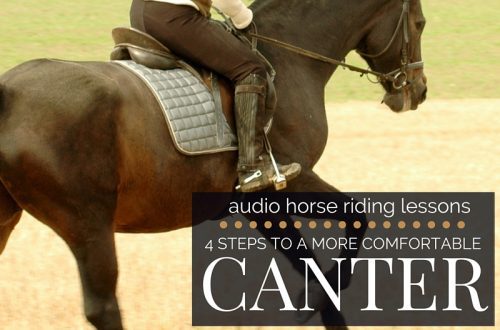
Problem behavior: is everything clear?
Problem behavior: is everything clear?
When confronted with problematic equine behavior, the thought that it was the result of some physiological problem rarely occurs to anyone in the first place. We get angry, perhaps we punish the animal, or we begin to make efforts to educate it, when it would be worthwhile …. to show observation, eliminate the cause of the horse’s discomfort, or even invite a veterinarian.
So how do you define the root cause of your horse’s misbehavior?
Of course, horses don’t speak our language, but they communicate with us all the time. Unfortunately, most of us don’t pay attention to a horse’s “whisper” until the horse starts to “scream” – tries to kick, bite, get scared and carry, push, etc.
In this article, with the help of Colorado Equestrian Translator, world-renowned instructor-trainer and author Mark Rashid, we’ll take a look at a few of the behavioral patterns that horses use to communicate with us. What do horses tell us with their behavior?
1. The horse is saddled badly
These horses express their dissatisfaction with the saddling process by waving their heads, flattening their ears, or showing other “angry” signs.
Possible reasons:
- Wrong seat.
- Folds of skin under the girth.
- Back pain.
- Pain in the ribs/chest area.
- Expecting pain while driving.
– At a recent seminar there was a horse that was saddled very badly – fussing, shaking off the saddle, etc. I ran my hand lightly over her chest and felt for a broken rib. The horse didn’t want to saddle because it was in terrible pain, it could hardly stand on its feet when the girth was tightened, says Mark.
2. Problems with the mouth / taking iron
Horses who are not comfortable with the snaffle may squeak when chewing, open their mouths wide, bite on the bit, tear out the reins, and swing their heads.
Possible reasons:
- Dental problems
- Mouth problems/injuries
- bad saddle
- Lack of limb balance
- The shape of the bit does not match the shape of the horse’s mouth.
Let’s hear from Mark:
– One of my young horses was biting a snaffle, after a while it turned out that her back hurt. Three horsemen worked with her, and under each she showed the presence of soreness in her back. Finally, the horse dentist, when examining her mouth, found a top, which provoked a lot of problems. It turns out that the horse compensated for the pain in his mouth by showing discomfort throughout his body.
3. Problems with riding in a certain direction / with downward transitions / having to stand while forging / trimming, etc.
Perhaps horses with these kinds of problems were simply not taught what we consider “correct” behavior. So, they may not have been trained to stand on three legs while trimming their hooves. However, by refusing to comply with our demands, in some cases they simply try to tell us that they have a physiological problem.
Possible reasons:
- back hurts
- Arthritis
- (We believe that the group of reasons explaining the problematic behavior under the horseback can include the general unpreparedness of the horse’s body to perform certain actions, as well as other, in addition to the indicated. pain sensations. – Approx. ed.).
Horses can often have problems without even showing obvious lameness. One way to check for mild pain is to evaluate the step. “Have someone stand in front of you with the horse,” Mark explains. – Pay attention to the location of the sacrum and to the place where the points of the hip joint are located. This is his “neutral” position. Then, have your helper move away from you leading the horse. Ideally, each hip will rise and fall an equal amount. If one hip rises or falls more than the other, the horse is most likely experiencing pain in the lower back or hip.”
4. Anxiety
If a horse is really worried about something, then he is not “lying” – his fear is real. According to Mark, the correct solution in such a situation is to ignore the source of anxiety. Sooner or later, this will force the horse to come to terms with what frightens her, get used to it.
Some signs of anxiety:
- Tense body.
- Alert ears.
- Head held high.
- The horse is not with you.
- Retention of breath.
One of my young horses got scared of the cones in the arena. So instead of focusing on them, we ignored the cones,” says Mark. – After about 15 minutes, the horse itself wanted to approach them. Her fear was replaced by curiosity. It didn’t take long for me to teach her how to push the cones with her nose and hoof. But just a few minutes earlier, the horse was terrified of them.
“When you’re dealing with what you think is a learning or behavioral problem, go back and look for the source anywhere but previous training experience,” Mark advises. – Pay attention to possibly inappropriate saddle, bad saddle, problems with teeth, iron that may not fit the size of the horse’s mouth. Perhaps she has pain in her legs or hooves, problems with her back or neck, etc. More often than not, the problem of “learning” turns out to be something quite different. When the cause is found, then the problem disappears.
Cara Stewart (source); translation by Valeria Smirnova





